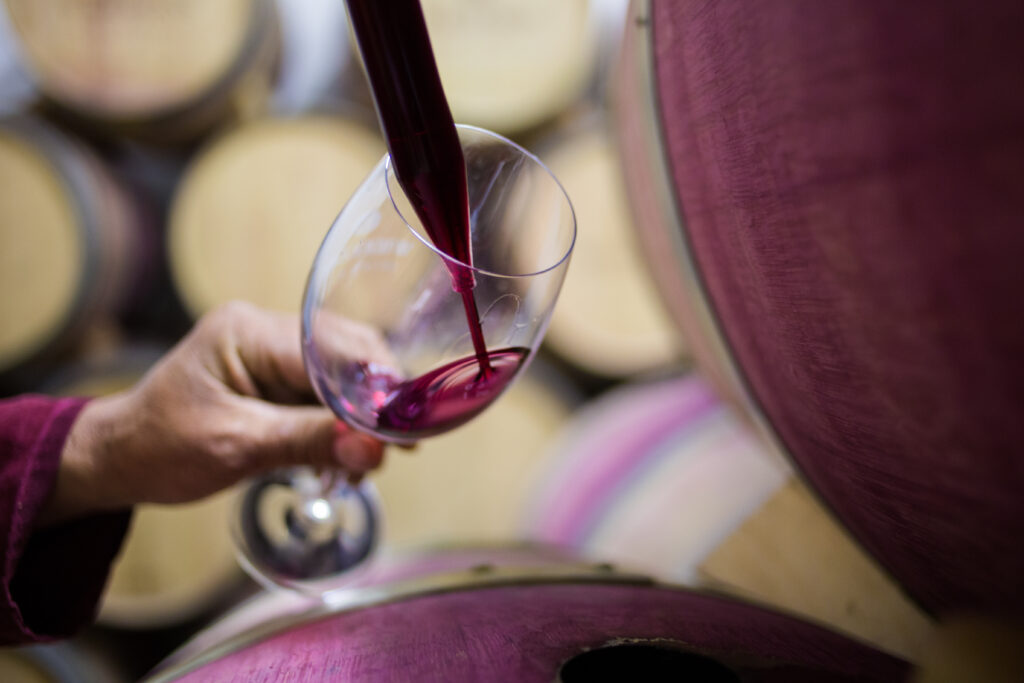On a rainy spring day in Burgundy, France, winemakers carefully tend their vineyards to ensure healthy grape growth. This historic region, known for its fine wines like Vosne-Romanée and Clos-Vougeot, is now facing growing concerns about new tariffs imposed by the United States.
In April 2025, a 20% tariff on most European Union goods, including wine, was announced by former U.S. President Donald Trump. Shortly after, the tariff was reduced to 10%, but an increase is still possible later in the year. This uncertainty has created anxiety among Burgundy’s wine producers who rely heavily on U.S. buyers.
The United States is the largest market for Burgundy wines in both volume and value. Last year, despite a decline in French wine exports overall, sales of Burgundy wines to the U.S. increased by 16%, reaching nearly 21 million bottles. The total value of these exports rose 26% to 370 million euros, highlighting the importance of the American market for Burgundy producers.
Burgundy produces mostly white wines, with two-thirds of its output coming from Chardonnay grapes. Wines like Chablis and the region’s sparkling Crémant de Bourgogne are popular in the U.S. market. Changing consumer preferences, including a global shift away from heavy red wines toward lighter whites and sparkling varieties, offer some hope to the region’s winemakers. Burgundy’s cooler climate also helps produce wines with balanced sugar and alcohol levels compared to warmer regions.
Previous tariff disputes had a significant impact on Burgundy wine exports. When the U.S. imposed a 25% tariff during an earlier trade conflict, exports to the United States dropped by about half over 18 months. Industry leaders fear that a return to higher tariffs could lead to a similar freeze in the market, causing serious losses.
American wineries are also affected by these tariffs. Many rely on imported materials such as corks from Portugal and barrels from France. Rising costs due to tariffs have made production more expensive for U.S. winemakers as well. The impact extends beyond wine producers, as trade barriers disrupt the global supply chain and export markets.
The wine industry on both sides of the Atlantic faces growing uncertainty as trade tensions continue. Producers worry about the rising costs and shrinking markets caused by tariffs. The long history of collaboration and exchange in winemaking is at risk as political disputes create barriers to trade.


